Physical Address
304 North Cardinal St.
Dorchester Center, MA 02124
Physical Address
304 North Cardinal St.
Dorchester Center, MA 02124
Macro photography opens up an incredible world of fine details, from the delicate texture of flowers to the intricate patterns on tiny insects. However, capturing these details requires the right gear, and a dedicated macro lens is the most effective tool for the job. This guide will take an in-depth look at the best macro photography lenses for Nikon, Canon, and Sony cameras, providing a detailed review of each lens’s strengths, features, and performance.
Whether you’re a professional seeking the best quality or a beginner exploring macro photography, you’ll find the perfect macro lens for your camera system below.
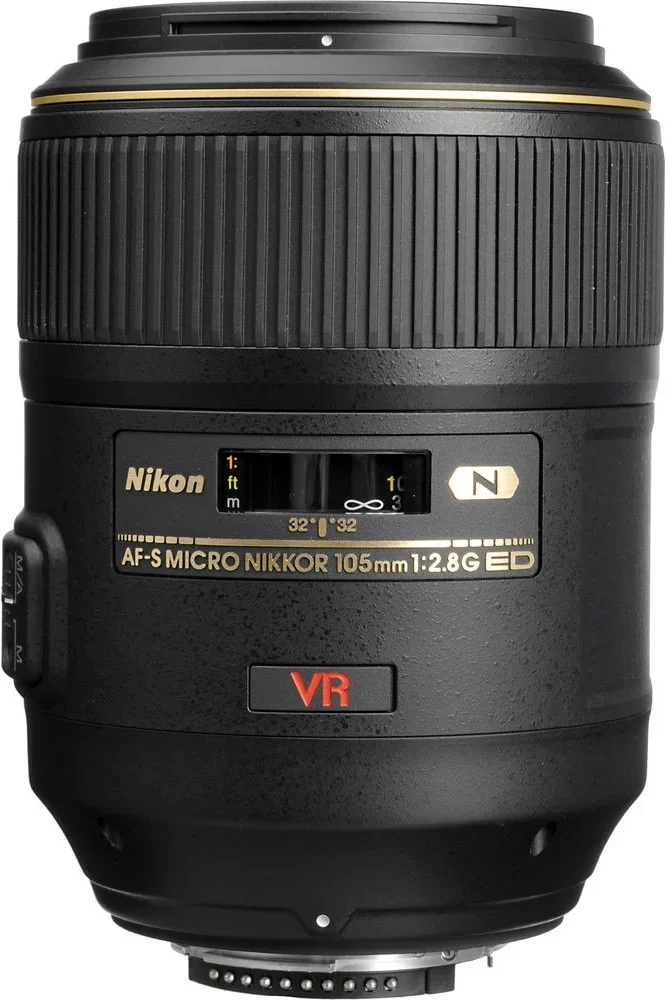
The Nikon AF-S VR Micro-NIKKOR 105mm f/2.8G IF-ED is widely regarded as one of the best macro lenses for Nikon DSLR users. It’s an incredibly versatile lens, offering a perfect balance of focal length, build quality, and optical performance for macro photography. This lens is ideal for both close-up and portrait work, making it a favorite among professionals and hobbyists alike.
One of the standout features of the Nikon 105mm macro lens is its solid build quality. The lens feels robust, with a durable, weather-sealed construction that ensures it’s ready for a wide range of shooting environments. The lens barrel is made of high-quality plastic, which keeps the weight down without sacrificing durability.
The handling of this lens is excellent. The focusing ring is large and smooth, providing precise manual focus adjustments, which are often necessary in macro photography. The lens also features Vibration Reduction (VR) technology, which helps reduce camera shake during handheld shooting. This is especially useful when working with slow shutter speeds, common in macro photography.
Optically, the 105mm f/2.8G is exceptional. The lens delivers outstanding sharpness, even when shot wide open at f/2.8. As you stop down to f/4 or f/5.6, sharpness improves further, making it perfect for capturing intricate details like the veins of a leaf or the texture of an insect’s exoskeleton.
The Nano Crystal Coat applied to the lens elements effectively reduces flare and ghosting, ensuring high contrast and color accuracy. Chromatic aberration is virtually non-existent, even in high-contrast situations, which is crucial for maintaining the clarity of fine details in macro shots.
The Silent Wave Motor (SWM) ensures fast and quiet autofocus performance. While autofocus is not always reliable for extreme macro work due to the shallow depth of field, the fast AF is a great advantage for subjects like insects or moving objects. The lens also supports full-time manual focus override, allowing you to fine-tune your focus quickly.
The Nikon AF-S VR Micro-NIKKOR 105mm f/2.8G is an industry benchmark for macro lenses. Its combination of sharpness, build quality, and versatile 105mm focal length makes it a must-have for any Nikon macro photographer. Whether you’re shooting still life, insects, or flowers, this lens delivers stunning image quality in any setting.
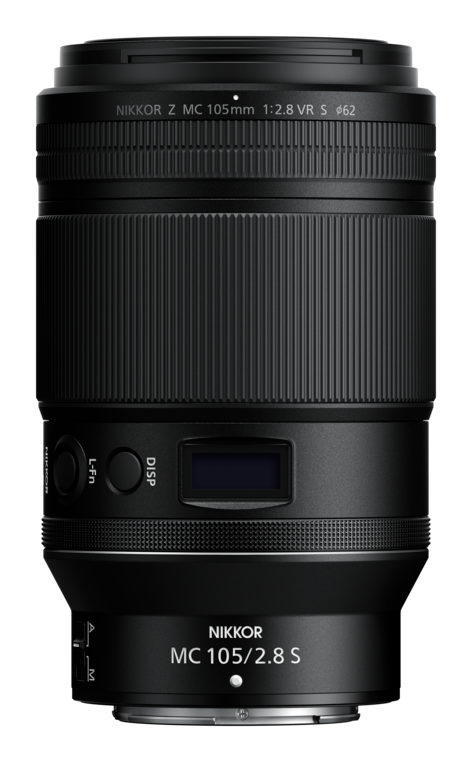
For users of Nikon’s Z-mount mirrorless system, the Nikon Z MC 105mm f/2.8 VR S is the best macro lens available. It takes everything that made the DSLR version of the 105mm legendary and improves on it with a more advanced optical design tailored to mirrorless cameras.
The Nikon Z MC 105mm is a beautifully crafted lens with a modern design that feels premium in hand. It’s slightly lighter than its DSLR counterpart but still retains a high-quality build that includes weather sealing for protection against dust and moisture, making it a reliable option for outdoor shooting.
The multi-focus system incorporated into this lens uses two synchronized focus motors to deliver faster and more precise focusing performance. The focus ring is incredibly smooth, offering excellent control for manual adjustments, which is often necessary when working at close distances with macro subjects.
The lens excels in optical quality, producing sharp images with rich contrast and excellent color accuracy. The extra-low dispersion (ED) elements and aspherical elements inside the lens help control chromatic aberration and reduce distortion. This lens performs exceptionally well across the aperture range, delivering consistent sharpness from the center to the edges.
The Vibration Reduction (VR) technology also works seamlessly with Nikon’s in-body image stabilization (IBIS) found in Z-series cameras, allowing for even steadier handheld macro shots.
The dual-motor system gives the lens incredibly fast and accurate autofocus, a feature that is often a challenge in macro photography due to the extremely narrow depth of field. The lens’s autofocus is quiet and highly responsive, making it perfect for both stills and video work.
For Nikon Z mirrorless users, the Nikon Z MC 105mm f/2.8 VR S is hands down the best macro option. Its cutting-edge optics, fast autofocus, and reliable image stabilization make it an ideal choice for capturing macro details, whether you’re shooting wildlife, plants, or intricate textures.
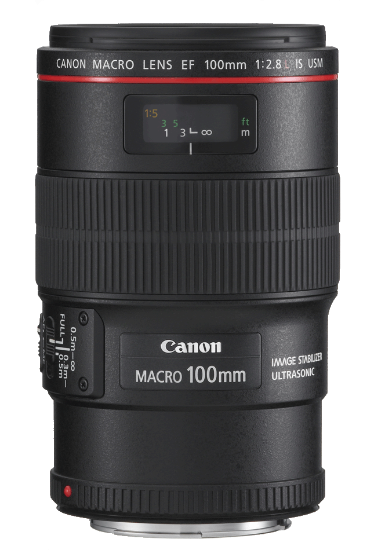
The Canon EF 100mm f/2.8L Macro IS USM is one of the most highly-regarded macro lenses in Canon’s lineup. As part of the L series, this lens is designed to offer professional-grade optics and build quality. It’s perfect for macro photographers who require sharpness, clarity, and reliable image stabilization in their close-up work.
The Canon EF 100mm f/2.8L features a sturdy, weather-sealed build, which is crucial for outdoor macro photographers who often work in unpredictable conditions. The lens is relatively compact and lightweight for an L-series lens, making it comfortable to carry and easy to handle during longer shoots.
The Hybrid IS (Image Stabilization) system is a major selling point of this lens. It compensates for both angular camera shake (common in handheld photography) and shift-type camera movement, which is especially important in macro photography where the slightest movement can cause blur.
Canon’s L-series lenses are known for their outstanding optical performance, and the 100mm f/2.8L does not disappoint. It delivers razor-sharp detail across the frame, with excellent contrast and minimal chromatic aberration, even when shooting at the widest aperture.
The Image Stabilization system is a game-changer for macro photographers, as it allows for sharp handheld shots at slower shutter speeds, which would normally be impossible without a tripod. Additionally, the lens offers beautiful bokeh, rendering backgrounds soft and smooth while keeping your subject in sharp focus.
The USM (Ultrasonic Motor) ensures fast and near-silent autofocus performance. For macro work, autofocus is not always reliable due to the razor-thin depth of field, but this lens’s AF system performs admirably in most situations, locking focus quickly even on small and moving subjects.
The Canon EF 100mm f/2.8L Macro IS USM is a top choice for Canon photographers seeking a versatile, high-performing macro lens. The hybrid image stabilization, coupled with stellar optics and a robust build, makes this one of the best options available for serious macro work.

For Canon’s mirrorless RF system, the Canon RF 85mm f/2 Macro IS STM is a versatile lens that serves both as a macro and portrait lens. While it doesn’t offer the 1:1 magnification of a traditional macro lens, its 0.5x magnification still allows for impressive close-up work.
The RF 85mm f/2 has a sleek and compact design, making it an ideal travel companion for photographers who want both portrait and macro capabilities in a single lens. Its build is not as robust as Canon’s L-series lenses, but it’s still well-constructed with a solid feel in hand. The lens is not weather-sealed, so care should be taken in challenging conditions.
The STM (Stepping Motor) provides smooth and quiet autofocus, making it suitable for both still photography and video. The control ring on the lens allows for easy adjustments to settings such as aperture or exposure, which is a handy feature for quick on-the-go changes.
Optically, the RF 85mm f/2 performs well, delivering sharp images with good contrast and minimal distortion. Although its 0.5x magnification means it can’t capture extreme close-ups, it’s still more than capable of rendering fine details in flowers, insects, and small objects.
The 5-stop image stabilization is a significant benefit for handheld macro shooting, particularly in low-light conditions where slower shutter speeds might be necessary.
The STM motor ensures that autofocus is quiet and smooth, though it’s not as fast as Canon’s USM motors found in higher-end lenses. However, it’s still responsive enough for most macro and portrait applications.
The Canon RF 85mm f/2 Macro IS STM is a fantastic dual-purpose lens for RF mirrorless users. While not a true macro lens with 1:1 magnification, it offers solid performance for close-up photography and portraits alike, making it a versatile addition to any Canon RF shooter’s kit.
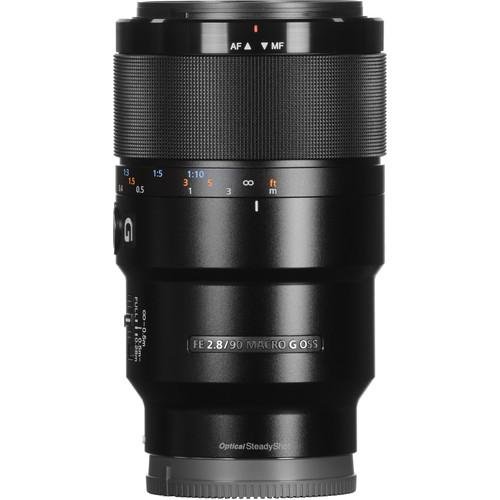
For Sony full-frame mirrorless cameras, the Sony FE 90mm f/2.8 Macro G OSS is widely regarded as the best macro lens in Sony’s lineup. It offers outstanding sharpness, image stabilization, and a well-rounded feature set for both macro and general-purpose photography.
The Sony 90mm f/2.8 Macro G OSS is built to a high standard, with a weather-sealed metal barrel that feels solid and durable. The lens features a focus limiter switch that allows you to limit the focus range, speeding up autofocus when you don’t need the full range of focus.
The lens is also equipped with Optical SteadyShot (OSS), which works in conjunction with Sony’s in-body stabilization (if your camera has it) to minimize camera shake during handheld macro shooting.
In terms of image quality, the Sony 90mm macro excels, delivering razor-sharp images from the center to the edges of the frame, even at wide apertures. The lens is capable of producing incredibly fine detail, making it perfect for extreme close-ups of insects, flowers, and other small subjects.
The Nano AR coating reduces flare and ghosting, maintaining contrast and color accuracy in backlit or high-contrast situations. Bokeh is smooth and creamy, which is especially useful in macro work, where you often want to isolate your subject against a blurred background.
The lens features Direct Drive SSM (Super Sonic wave Motor), which ensures fast, quiet, and accurate autofocus. The focus hold button on the side of the lens is a useful feature, allowing you to lock focus or assign custom functions based on your needs.
The Sony FE 90mm f/2.8 Macro G OSS is an excellent macro lens that delivers professional-level image quality and build. It’s a fantastic choice for Sony full-frame photographers looking to capture stunning close-up images with incredible detail and sharpness.
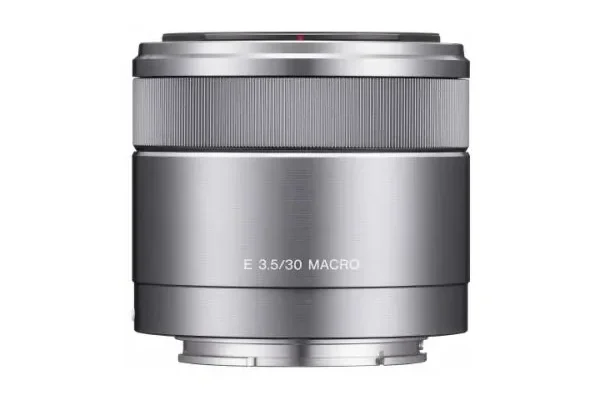
For Sony’s APS-C cameras, the Sony E 30mm f/3.5 Macro is a lightweight and affordable option for those who want to explore macro photography without a major investment.
The Sony 30mm f/3.5 Macro is incredibly lightweight and compact, making it easy to carry around. It’s a simple lens without many extra features, but its minimalistic design and lightweight build make it a practical choice for casual macro photography.
Due to the lens’s short focal length, you’ll need to get very close to your subject to achieve life-size magnification, which can be a challenge for photographing skittish subjects like insects.
While not as sharp or feature-rich as more expensive macro lenses, the Sony E 30mm delivers solid optical performance for its price. It produces sharp images with good contrast and minimal distortion. However, chromatic aberration and flare can be noticeable in some situations, particularly in high-contrast lighting.
The bokeh is decent but not as smooth or creamy as the longer 90mm macro lenses, largely due to the smaller focal length and maximum aperture of f/3.5.
The autofocus on the Sony 30mm f/3.5 is relatively quick and accurate for a macro lens, though it doesn’t have the advanced features found in more expensive options like focus hold buttons or range limiters. However, for beginners or those on a budget, the AF system is sufficient for most macro applications.
The Sony E 30mm f/3.5 Macro is an excellent entry-level lens for Sony APS-C users who want to explore macro photography without breaking the bank. While it doesn’t offer the highest level of optical performance or build quality, it’s more than capable of producing beautiful macro shots at an affordable price.
When it comes to macro photography, the right lens can make all the difference in capturing the intricate details of the world around us. Whether you’re shooting with Nikon, Canon, or Sony, the lenses listed above provide exceptional performance and versatility.
For Nikon shooters, the AF-S VR Micro-NIKKOR 105mm f/2.8G IF-ED and Nikon Z MC 105mm f/2.8 VR S offer top-tier optical quality and handling. Canon photographers will find the EF 100mm f/2.8L Macro IS USM and RF 85mm f/2 Macro IS STM to be excellent choices, while Sony users can rely on the superb Sony FE 90mm f/2.8 Macro G OSS for full-frame and the affordable Sony E 30mm f/3.5 Macro for APS-C systems.
Each of these lenses provides a unique combination of features, making them well-suited for different shooting styles, whether you’re capturing the tiniest insects or delicate flowers. With the right macro lens, you can bring out the beauty and detail in the smallest of subjects, transforming the everyday into the extraordinary.